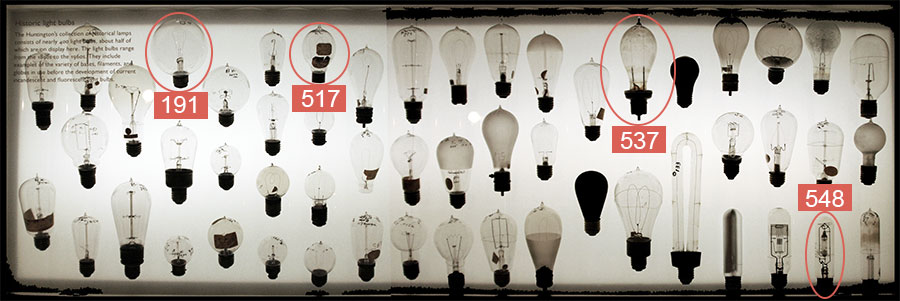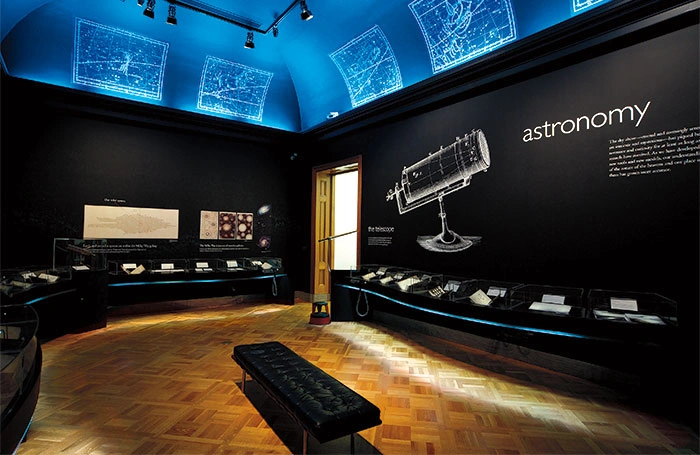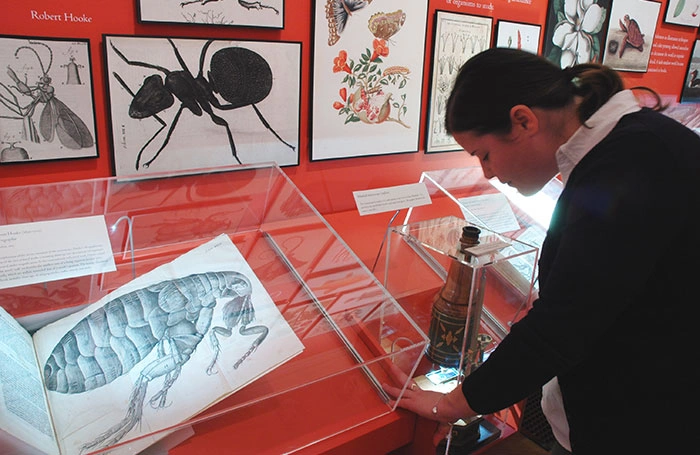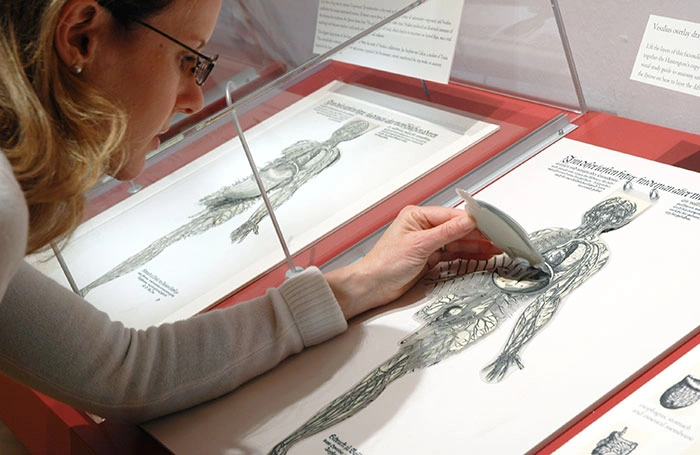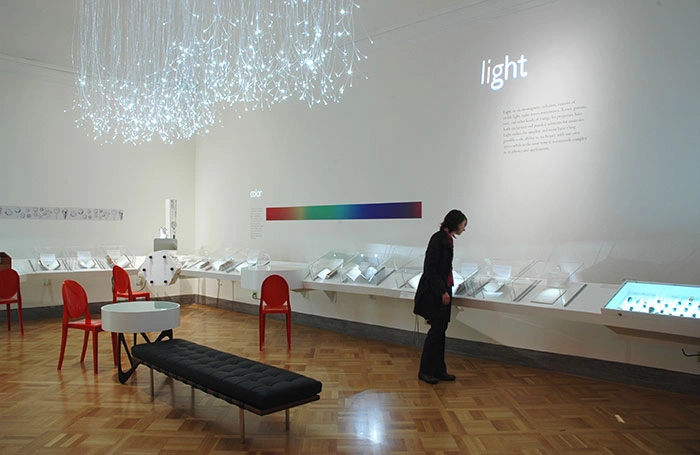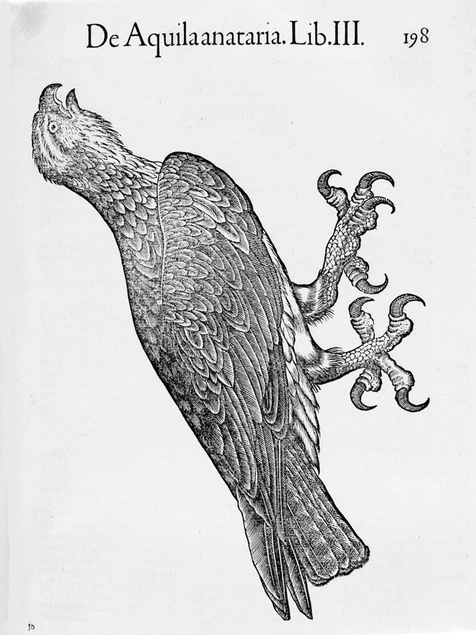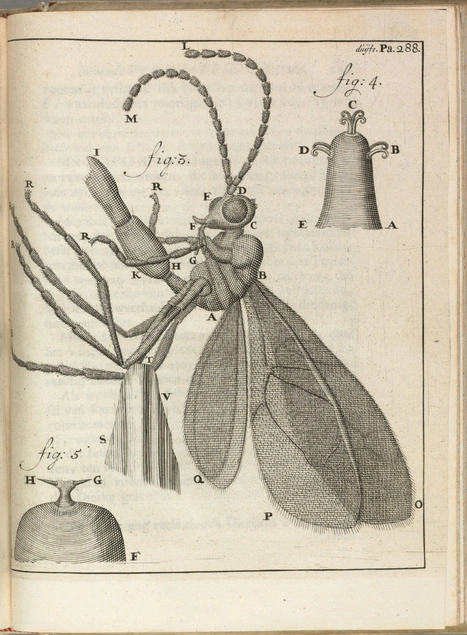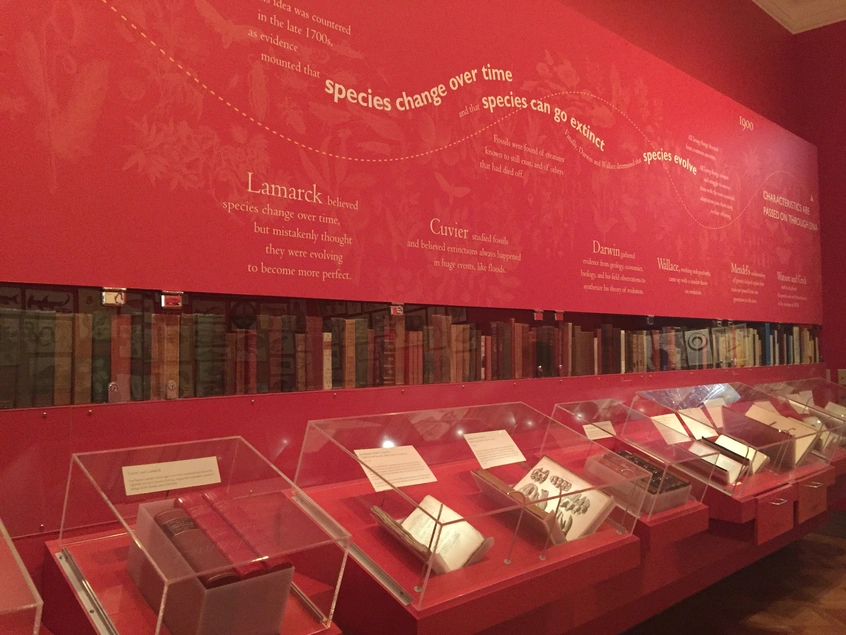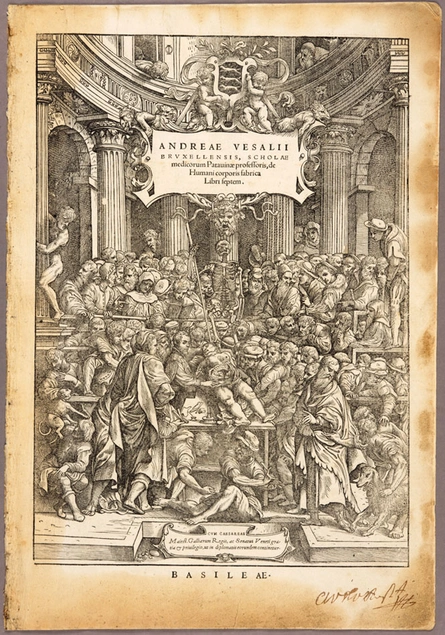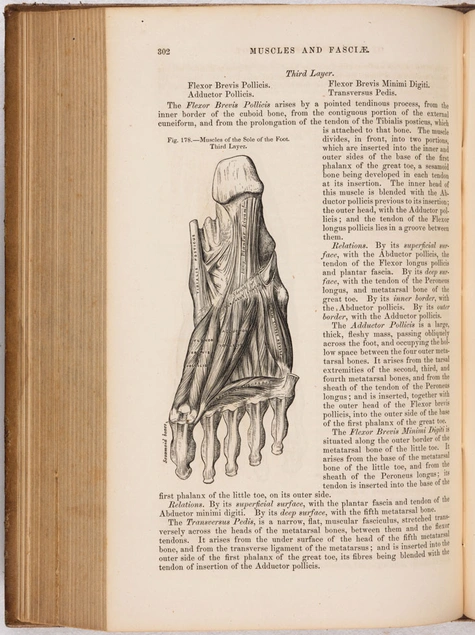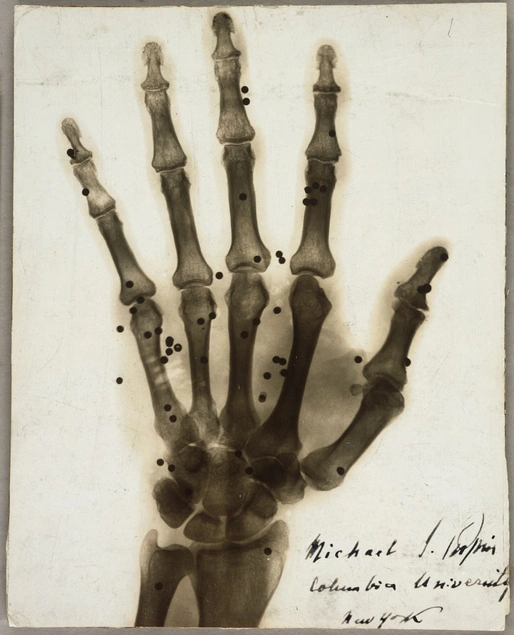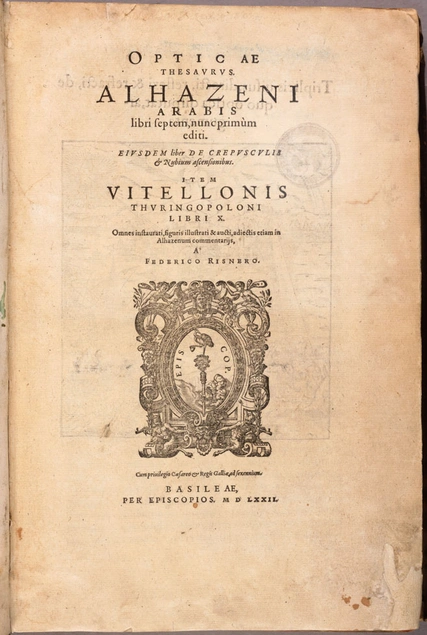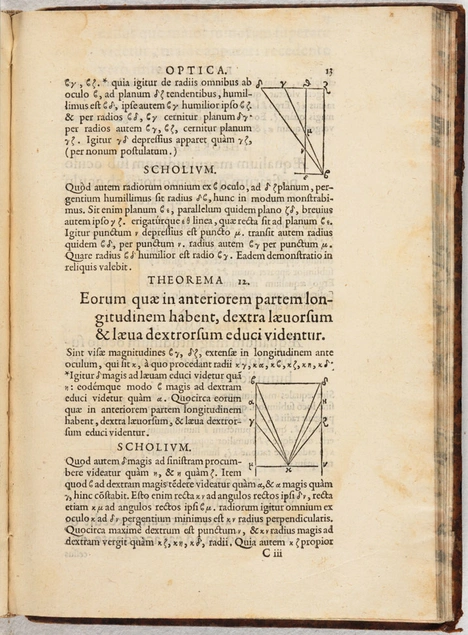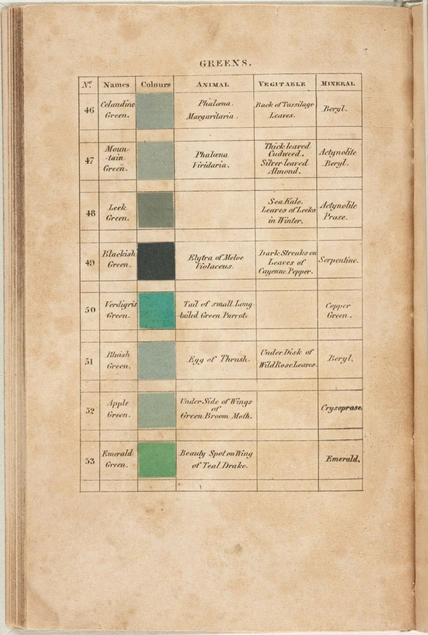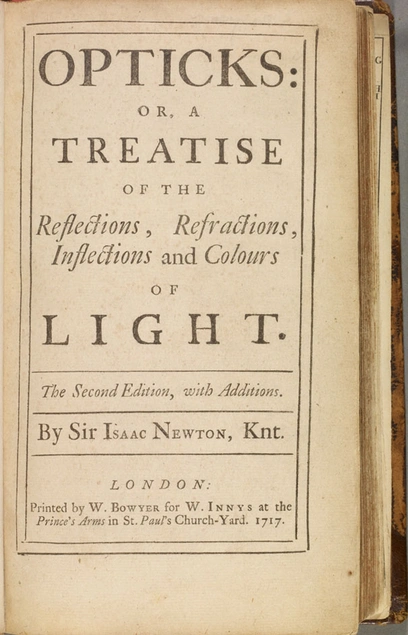Beautiful Science: Ideas that Changed the World
This award-winning exhibition encouraged visitors to think about the beauty of science in a historical context—the elegant breakthroughs, the remarkable discoveries, and the amazing people and stories behind them. New materials from the collections were routinely rotated on and off display to minimize light exposure and share the variety of the collections with visitors. The exhibition is arranged around four areas of exploration: astronomy, natural history, medicine, and light.
Beautiful Science: Astronomy
The sky above—eternal and seemingly serene, yet intricate and mysterious—has always piqued both reverence and curiosity. As we have developed new tools and new models, our understanding of the heavens and our place in them has grown more accurate. The exhibition Beautiful Science: Ideas that Changed the World, charted the trajectory from the Ptolemaic system through the Copernican revolution to modern astronomy.
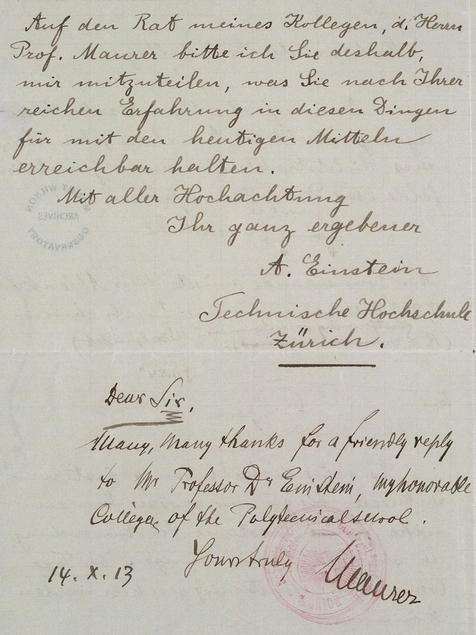
Letter to George Ellery Hale, 1913, Albert Einstein In this letter, Einstein asks George Ellery Hale, director of the Mount Wilson Observatory and a renowned solar astronomer, whether it would be possible to measure starlight bending around the sun during the day.
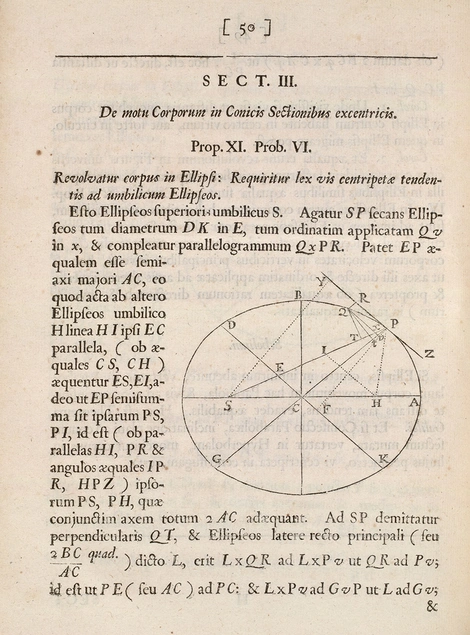
Philosophiae naturalis principia mathematica (Mathematical principles of natural philosophy), 1687, Isaac Newton The publication of this work revolutionized astronomy, providing mathematical models of the physical workings of the universe in more detail and with more accuracy than its predecessors.
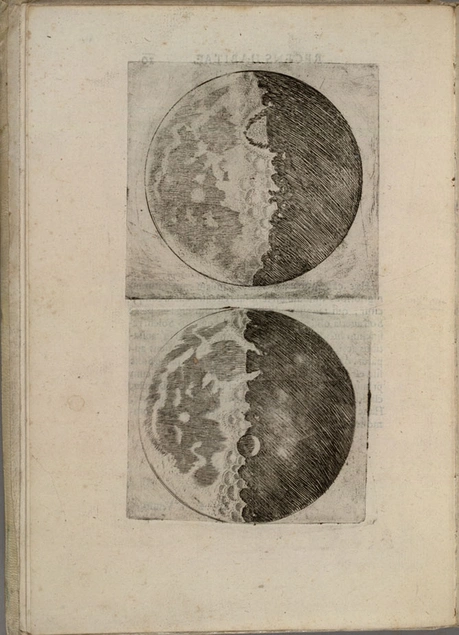
Sidereus nuncius (Starry messenger), 1610, Galileo Galilei In this birth announcement of the telescope, Galilei made the startling claim that heavenly objects were not perfect spheres. The illustrations shown in this book are the first ever made of the Moon under magnification.
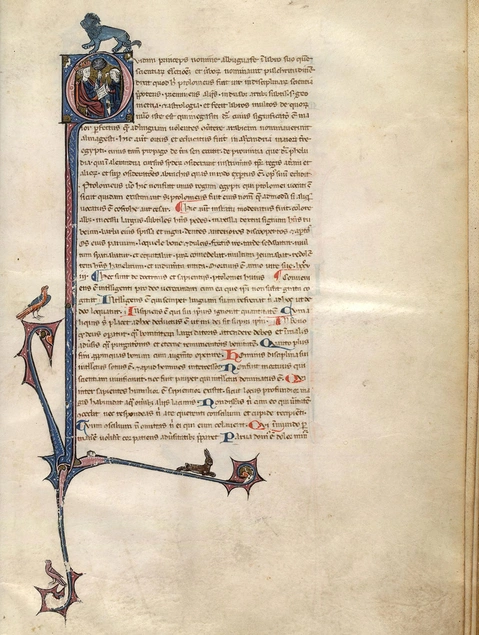
Almagest (The greatest book), 1279, Claudius Ptolemy Completed around 150, Ptolemy's description of an Earth-centered system remained unchallenged for more than 1,400 years. This copy of the Almagest, one of The Huntington's oldest science manuscripts, was written on parchment made from animal skins.
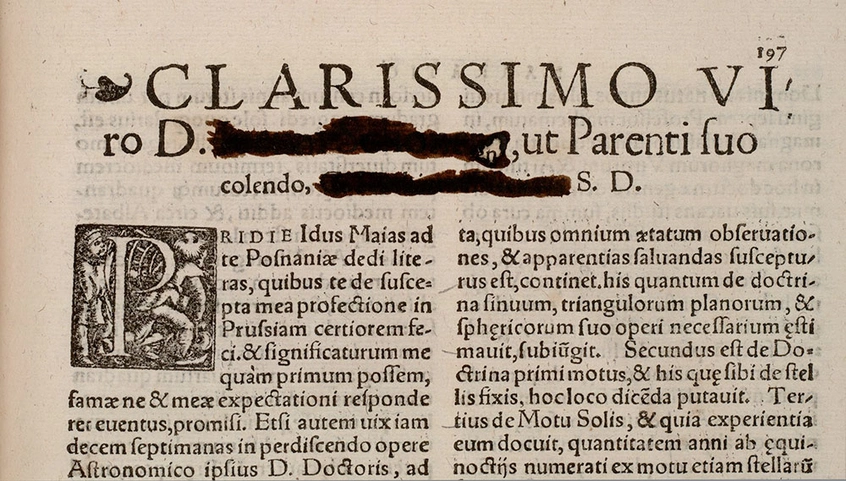
De revolutionibus orbium coelestium (On the revolution of heavenly bodies), 1566, Nicolas Copernicus (Edwin Hubble's copy) Copernicus' De revolutionibus demoted Earth from its position in the center of the universe. The work was declared heretical by the Roman Catholic Church but Catholics were permitted to read it once censors marked out prohibited passages, as they did in this copy.





Beautiful Science: Natural History
Over time, scientists and artists have scrutinized the natural world, leading to dramatic advances in biology, medicine, and agriculture as well as a clearer understanding of our interconnectedness across species. In the exhibition, Beautiful Science: Ideas that Changed the World, the Natural History section emphasized the central roles of evolution and observation in the natural sciences from Aristotle to Darwin and beyond.
Beautiful Science: Medicine
In the exhibition Beautiful Science: Ideas that Changed the World, the medicine gallery illustrated the wildly different and sometimes extreme ways the body has been represented. It charted physical experiences from birth to death and traced the development of new techniques for understanding and treating diverse medical conditions.
Beautiful Science: Light
Harnessing and understanding light have challenged humankind for centuries. Our understanding of the properties of light and energy, as well as the ways in which we use them, continue to evolve. In Beautiful Science: Ideas that Changed the World, the complex science of light was presented through the lens of experimentation. The exhibition also included a significant collection of historic light bulbs.
Historic Light Bulbs
The Huntington's collection of historical lamps consists of nearly 400 light bulbs, about half of which are on display in these cases. The light bulbs range from the 1890s to the 1960s. They include examples of the variety of bases, filaments, and globes in use before the development of current incandescent and fluorescent light bulbs.
